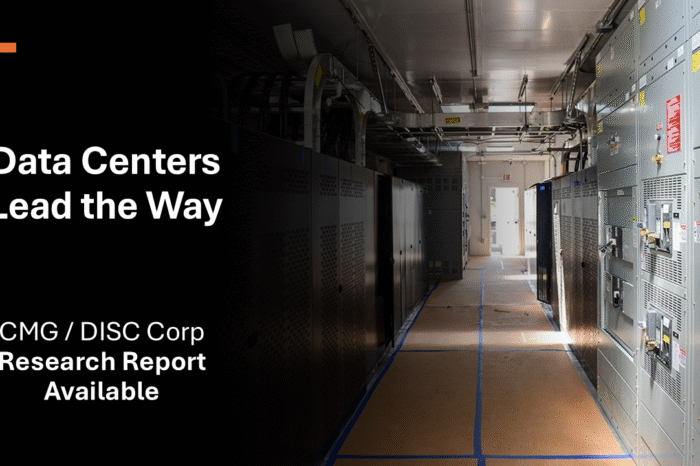When Does A “Truism” Cost You Money?
Over the past year, IDEA has used a quote that I wrote in its advertising. The quote was in a research paper Neil Gillespie and I wrote over 3 ½ years ago (May 2005) entitled “A Valuable IDEA”. The report, commissioned by IDEA, focused on the cost savings that could be generated by using synchronized data. At the time we focused on the relationship that 3 different manufacturers had with 3 different distributors. Yes, you could say it was a small sample size, but these were the only companies willing to share information and who were active IDEA supporters.
One of the comments that was in the report was “Bad data is bad for your business.” Obviously this is a truism. Consider the alternative. “Bad data is good for your business?!”
The issue is having the same key data in your system that your trading partner has. Channel synchronicity is an altruistic idea. It would be utopia for manufacturers who deal with a wide array of distributors and should help them drive down their customer service model costs (this includes ordering processes).
From a distributor viewpoint, it could be cost prohibitive from a resource commitment viewpoint. As distributors look towards 2009 and seek ways to maintain, or enhance, their profitability, focusing on their channel partner synchronization could be very important. Think about the lines that are important to your success, not necessarily all of your lines. Consider the benefits if you had the same data as your top 5-10 non-commodity manufacturers (and the number may be slightly more). The message is “it is important to have the same data for lines that you have frequent transactions with.”
Data synchronization could be viewed to be like VMI. In the words of Rick Peterson, President of STAFDA, as quoted in this week’s issue of www.tedmag.com, ““It can work for you on anything you sell that has reasonable usage predictability.” The key is “reasonable usage”. Why focus on the “channel” when you don’t “buy” from the channel? What distributors really need is “clean” data for their key suppliers, regardless of the data provider.
So after seeing how the industry, and product/pricing services, have evolved over the past 3 ½+ years, my new reality, which could be a truism, is “Synergies accrue to those where there is volume (or frequency of transactions).”
Are you identifying synchronization opportunities with your top suppliers to improve your 2009 profitability?


















